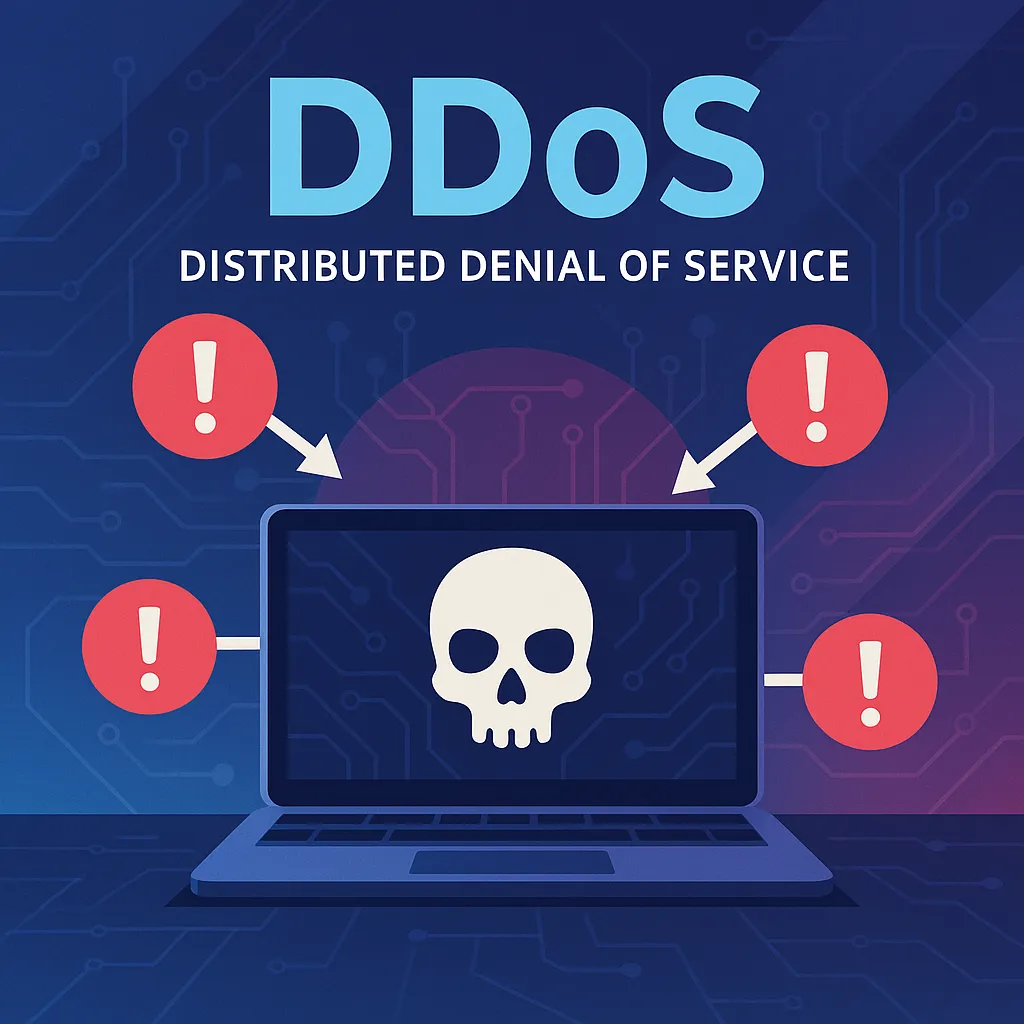Understanding Denial-of-Service and Distributed Denial-of-Service Attacks
In today's digital age, where the internet underpins a vast array of critical business and governmental functions, the stability and security of online services are paramount. A significant threat to this stability comes from a cyberattack known as a Denial-of-Service (DoS) or its more potent sibling, the Distributed Denial-of-Service (DDoS) attack.
What is a Denial-of-Service (DoS) Attack?
A DoS attack aims to make a machine or network resource unavailable to intended users by temporarily interrupting or suspending services of a host connected to the internet (Wikipedia). These attacks achieve this by overwhelming the target with a flood of illegitimate requests, effectively crowding out legitimate traffic.
Scaling Up: The Distributed Denial-of-Service (DDoS) Attack
A Distributed Denial-of-Service (DDoS) attack, as described by CISA and Cloudflare, involves multiple compromised computer systems attacking a single target. This multi-point method of attack amplifies the disruption exponentially and makes defending against these attacks significantly more challenging.
Real-World Examples of DDoS Attacks
One of the largest recorded DDoS attacks in recent history targeted Google in 2017, which peaked at an astonishing 2.5 terabits per second. However, platforms large and small can be victims, from global enterprises to small e-commerce shops.
How Do Attacks Happen?
Attackers mainly use a network of 'zombies' or 'botnets' – groups of internet-connected computers that have been covertly seized by malware and controlled remotely. These botnets are then directed to send a barrage of requests to the target, consuming the bandwidth or overwhelming the target's systems to the point of inoperability.
Technological Vulnerabilities
Several factors contribute to the rise of these cyber attacks, including widespread vulnerabilities in connected devices, inadequate cybersecurity practices, or even backdoors left by software that can be exploited by attackers.
The Impact of DDoS Attacks
DDoS attacks can cause severe disruptions affecting millions of users. These can range from prolonged outages in consumer services like online banking and retail to significant economic and security impacts on government and infrastructure services.
Defensive Measures Against DDoS Attacks
To mitigate these attacks, organizations employ a variety of strategies including advanced traffic filtering, rate limiting, and robust software patch management practices. Reactive measures might also include employing professional DDoS mitigation services that can absorb and disperse malicious traffic.
Conclusion: Building Resilience Against Cyber Threats
As cyber threats like DDoS continue to evolve, so too must our defenses. An understanding of these attacks and proactive measures are essential for building resilience against this growing form of cyber hostility. Awareness, preparedness, and investment in cutting-edge cybersecurity solutions are key to safeguarding the future of our digital world.

